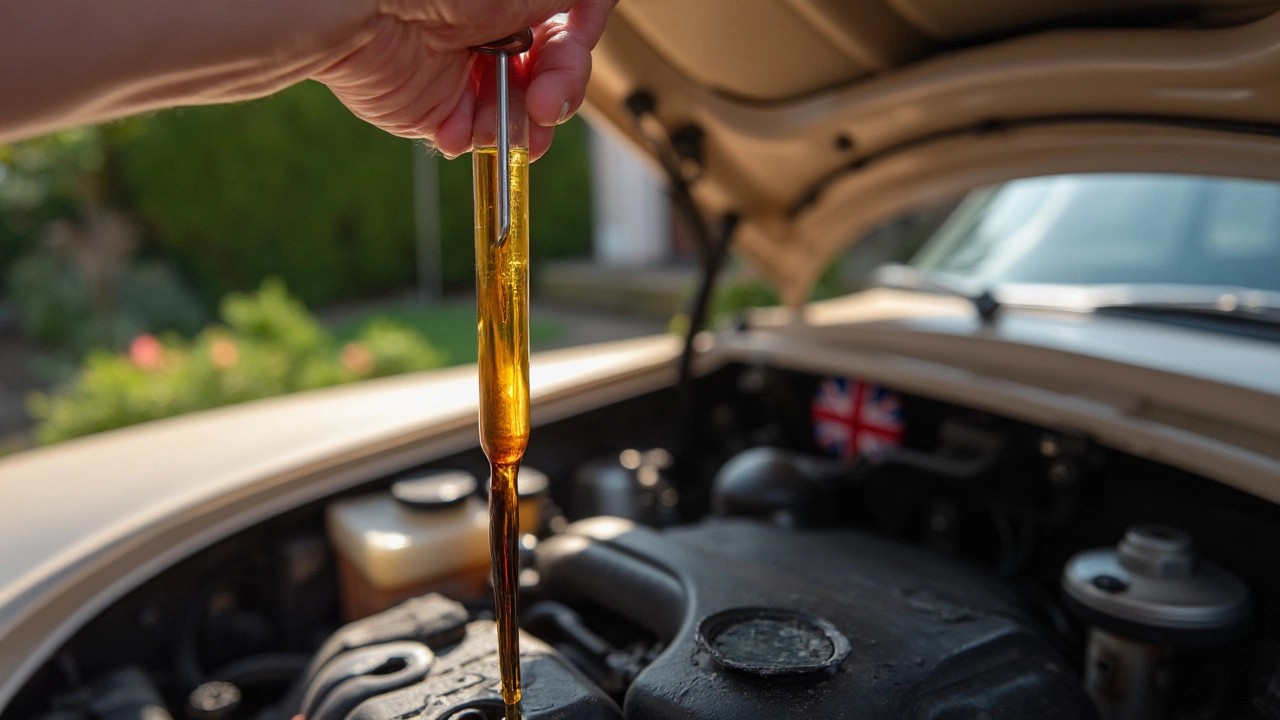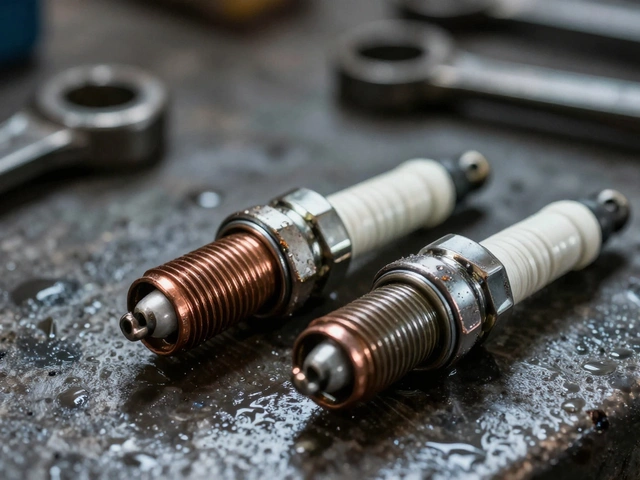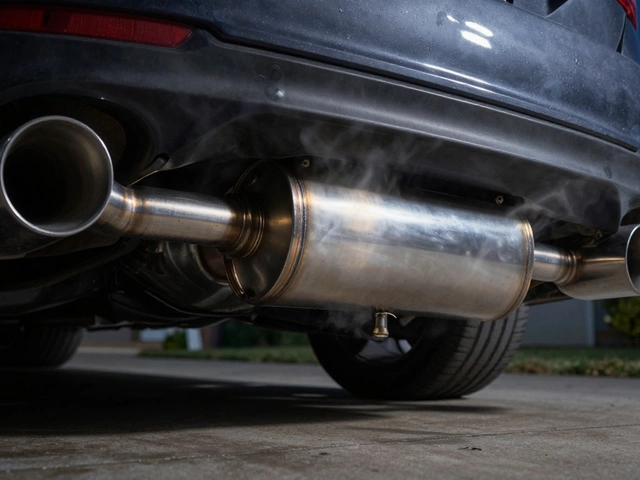Dipstick: How to Read Oil Levels and Avoid Engine Damage
When you pull out the dipstick, a simple metal or plastic rod used to measure engine oil level in a car. Also known as an oil gauge, it's one of the most important tools you have for keeping your engine alive—yet most drivers ignore it until something breaks. It doesn’t take a mechanic to use it. Just a few seconds, a clean rag, and knowing where to look can save you thousands.
The dipstick isn’t just a stick with marks. It’s your early warning system. Too little oil, and your engine parts grind together—wearing out fast. Too much, and the oil foams, loses lubrication, and can even damage seals or the catalytic converter. You don’t need a manual to understand this: the oil should sit between the two marks, usually labeled "Min" and "Max." Check it on level ground, with the engine off and cooled down for at least five minutes. Hot oil expands and gives false readings. That’s why people think they’re low when they’re not—or worse, think they’re fine when they’re dangerously low.
Most people don’t check their oil until the warning light flashes. By then, damage is already done. Sludge builds up. Bearings wear. Pistons score. And that’s if you’re lucky. If you’ve ever heard a knocking sound from your engine, it’s often because the oil wasn’t there when it was needed. A dipstick check takes less time than your morning coffee. Do it every time you fill up. Keep a rag in the glovebox. Wipe the stick clean, reinsert it fully, then pull it out again. Look at the color too—dark, gritty oil means it’s time for a change. Milky oil? That’s coolant mixing in, and that’s a head gasket problem. These signs don’t lie.
Related to this are things like engine oil viscosity, how thick or thin the oil flows at different temperatures, and oil maintenance, the routine checks and changes that keep your engine running smooth. Using the wrong oil type can make your dipstick readings misleading—even if the level looks right, the oil might not be protecting your engine properly. And overfilling? It’s more common than you think. One extra quart can cause serious issues, especially in modern engines with tight tolerances.
There’s no magic here. No complex tools. Just consistency. The people who avoid big repair bills aren’t the ones who know the most—they’re the ones who check the dipstick regularly. They don’t wait for the check engine light. They don’t trust oil life monitors blindly. They look. They feel. They act.
Below, you’ll find real guides from drivers and mechanics who’ve been there—how to read a dipstick correctly, what to do when oil looks wrong, why overfilling is just as bad as running low, and how to tell if your engine is already suffering from neglect. No fluff. Just what you need to know before your next oil change—or before your engine quits on the highway.





